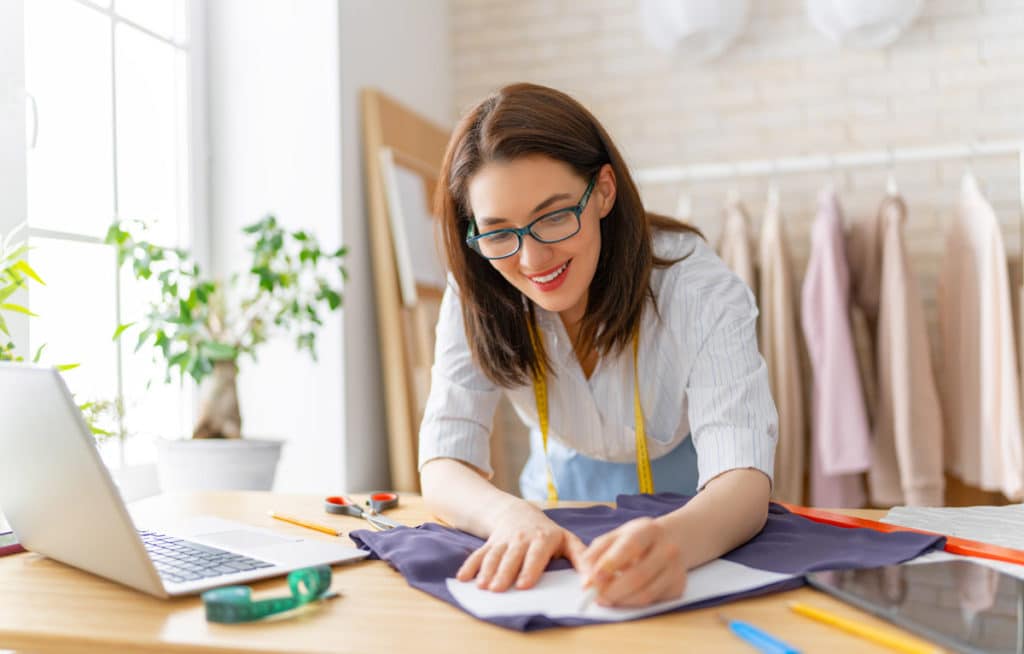Historically, dressing for the workplace was quite straightforward. It was business attire and a suit and tie or smart dress and blazer was the convention for work. However, it is increasingly obvious that not everyone subscribes to those traditional ideals. Nowadays, many companies are moving away from more formal business wear in favour of a more casual approach. It could be for a myriad of reasons like maybe it is reflective of their laidback business approach, or maybe it is because they want to prioritise the employees’ comfort. Despite this, it is still of the utmost importance that people dress appropriately for their jobs.

A Caveat – Uniforms/ Safety Wear
Some people do not have too much choice when it comes to dressing for work. Some industries and businesses implement a uniform or safety wear. This can be to suit the needs of the business or as a health and safety precaution. For example, many businesses from construction to retail enforce the use of safety boots to protect their employees. Safety Boots online has a huge range of men’s and women’s safety boots, trainers – even workwear and PPE to suit all your workwear needs.
Perception
When dressing for work, consider the impression that you want to make. Some choices in clothing may lead to you being taken more seriously, whereas others can have you labelled as unprofessional. That being said, you cannot always control how others perceive you, and you simply cannot please some people. Be mindful of your choices and what you want to represent in the workplace.
You may also like: Top Tips To Make Working In The City Less Stressful
Dress Codes
Your place of employment may make things easier on you by implementing a dress code to give you a better idea of what you should be aiming for. By in large, there are three standard dress codes that you can expect from a job: casual, business casual and business.
Firstly, casual wear often indicates a lack of dress code. It is the most relaxed as often there are very few rules to follow. Most employees will opt for jeans, trainers and t-shirts. This is becoming more popular as it is now evident that clothing choice often has little effect on performance and productivity. This dress code is especially typical in the creative industries as a way to enhance creativity without the restrictions of formality; take Google, Apple and Facebook as examples. Their dress codes are incredibly casual, and those businesses are wildly successful.
Next is business casual; this is obviously the next step up on the formal scale. However, this particular dress code is often a source of confusion for many workers. For example, what counts as business casual? Often for men, it is a shirt and jeans and a dress or blouse and jeans for women. Some people prefer this style of dress as it represents a happy medium between the two. It maintains a level of professionalism whilst also still encouraging comfort.
Lastly, business was once the only acceptable dress code in the workplace. Although, nowadays, it is exceedingly rare. Some people do still prefer this dress code as it makes them feel more professional, and they believe that others take them more seriously when dressed in a suit and tie. However, often unless stated, it would not be wise to use this dress code as some managers may think that you are trying to go above your station if you are dressing in a more ‘professional’ manner than even them. The idea is usually that the more senior you are, the more likely you will wear a suit.
Personal Grooming
This is an often un tackled aspect of presenting a professional persona in the workplace. Of course, there can be differences between the expectations for men and women, but as a general rule for both sexes, you should always have clean hair, nails, teeth, and clothes. Use deodorant and cologne or perfume but try to make sure that it is not overpowering. Women are better respected when wearing make-up – but not too much as that is seen as over the top and sloppy. Men should try to keep their facial hair if they have any, trimmed and neat.
You may also like: Study: Working from Home – 44% of Brits Working from Their Living Room
Why are Dress Codes Important?
Dress codes are implemented for many reasons. First, they act as a reflection of the company’s image. Second, they also promote fairness and equality in the workplace as everyone is dressing in the same way, similarly to school uniforms – no one is better than anyone else. Finally, dress codes can also help to unify the team and often boost productivity.
In Conclusion
In the workplace, the function should always win out over fashion. Although, you do not always have to choose. Fashion and function can co-exist. If you are unsure about the expectations your managers have of you in terms of dress, ask. They can provide you with a dress code or a list of rules that you need to follow.

